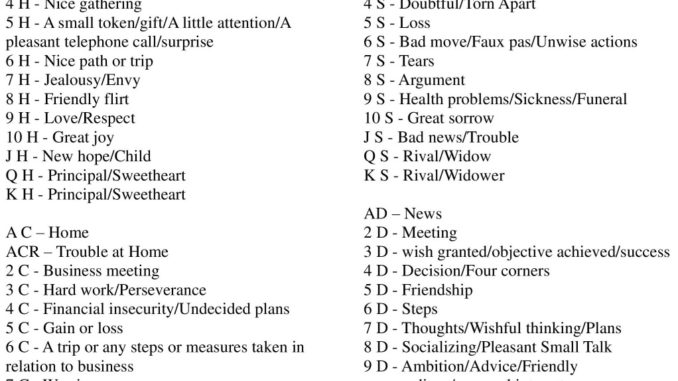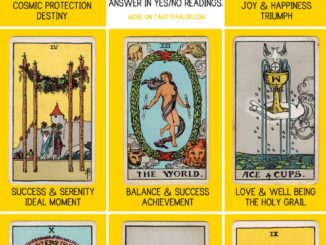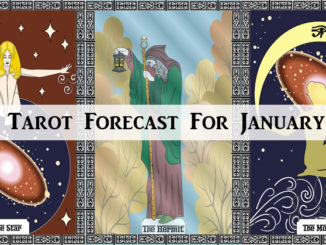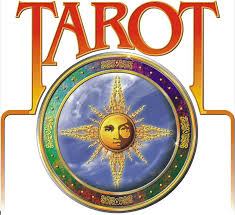
Cartomancy is the art of fortune telling done with a normal Playing Card deck. The commonest form of reading in Cartomancy is the Seven packs, or Seven triplets layout. Learn how this spread is dealt, and what is says about a clients future.
Cartomancy roots in Tarot
Just as Tarot reading predates Cartomancy, the Tarot deck with its ornate Major Arcana and beautiful illustrations came long before the common playing card deck. Tarot decks were usually lovingly crafted by hand, the works of skilled artist. Playing cards were rough and simple, designed for common use and to be mass produced for everyone to have. With the Major Arcana discarded, and the court cards reduced from four per suit to three, playing cards were simply produced and became a common household pastime. But, people still wanted the ability to perform divination and read fortunes with these new cards. Readers developed a system based on the suits, derived from their Tarot readings. These traditions were passed down orally until early printers collected them, and printed simple charts of meanings to sell with their new decks.
The Seven Packs Layout
This spread, also known as the seven triples layout is dealt as follows. First a client card is chosen for the subject of the reading; either a King or Queen card, and placed in the center before the reader. Next, the remaining cards, less the Jokers, are shuffled and cut by the client. Then, the first (21) cards are dealt out in a fan shape, making seven hands or piles of three cards each. The hands are dealt one card at a time from left to right, with three hands to the left of the client card, one hand right above the card, and the last three hands fanned to the right of the client card. Each stack of three cards is then turned over and examined as a group from left to right. The three card groups are considered both individually, and also in combinations with each other to determine the reading for that particular stack.
Pack positions and their Meaning
The seven hands or packs each speak to a particular facet of the clients reading. They are read from left to right facing the client card, just as they were dealt. The first pack describes the personality and state of mind of the client. These cards should be interpreted in terms of current influences that are shaping the clients general thoughts. The second pack gives us information about the clients family and home life, or lack of one. This describes affects on those around the client, and how they interact with them. The third hand pertains to the clients present desires and aspirations; this tells us what their immediate goals are. The fourth hand, dealt immediately above the client card foretells the clients hopes and expectations. This tells us what they wish for and what they believe will happen. The fifth hand, just to the right of center, represents the unexpected in the clients reading. This can be people, events, money, or troubles. The one certainty is that this deck describes things not looked for by the client. The sixth hand foretells the clients immediate future. This deck will foretell events which will happen in a matter of days; certainly within the next month or so. The seventh and last deck foretells the clients more distant future. This triple will reveal something which will occur within the next year or so. It frequently predicts some resolution of the unexpected factors foretold in deck five.
Conclusion
Cartomancy enables us to take a common playing card deck and perform fortune telling for our friends and ourselves. It is simple to learn, and can be done almost anywhere with excellent results.
Proudly WWW.PONIREVO.COM
by Keith Abbott



